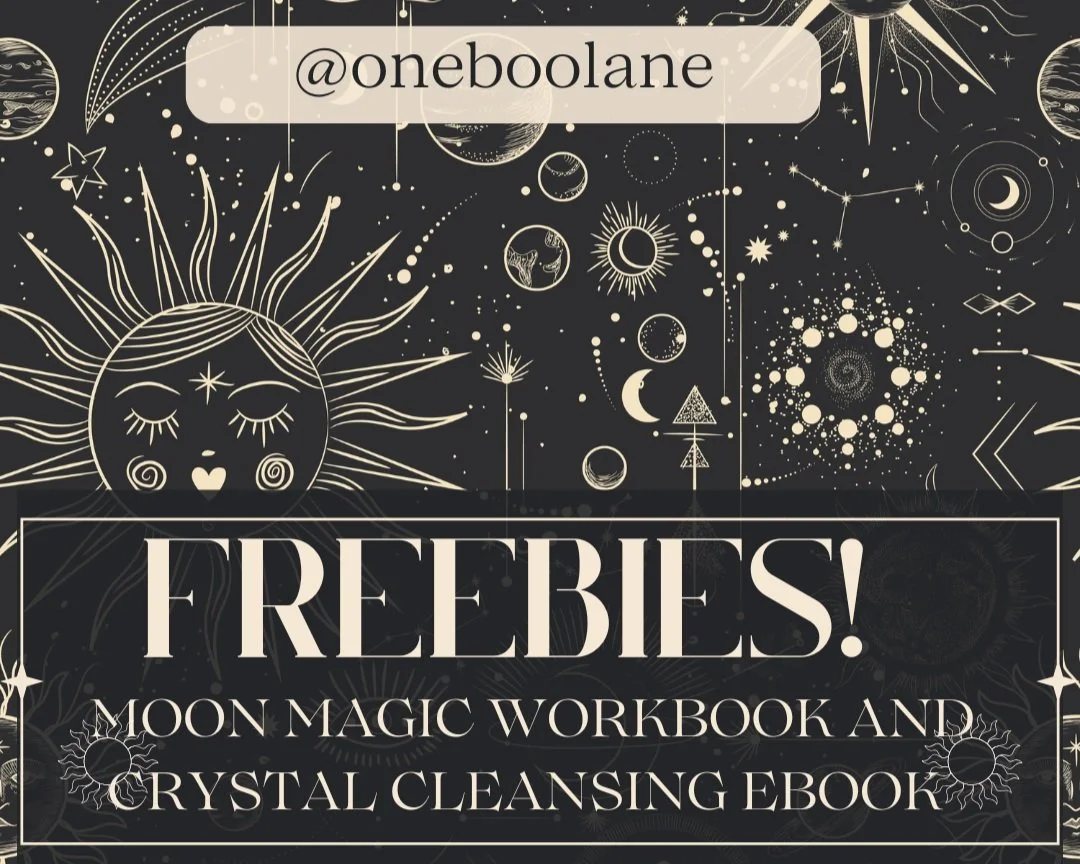The Lunar New Year vs. the Gregorian New Year
The Moon and Time: A Sacred Connection
For many cultures, the moon has always been seen as a powerful symbol of time itself. The phases of the moon were observed and tracked, with different stages corresponding to specific activities and festivals. The new moon, which marks the beginning of a new lunar cycle, became an ideal moment for a fresh start — hence, the celebration of the Lunar New Year. This connection between the moon and time has shaped everything from mythology to the structuring of society and calendars.
In China, the Lunar New Year isn’t just about celebrating the passage of time. It is also a time to honor ancestors, reflect on the past year, and set intentions for the year ahead. The festival has evolved into a series of traditions, such as family reunions, feasts, parades, and honoring deities for good luck, health, and prosperity. However, the essence of the celebration has remained deeply rooted in the recognition of time’s cyclical nature, as marked by the moon.
The Lunar New Year vs. the Gregorian New Year
While the Gregorian New Year on January 1st has become the global standard, it’s important to remember that this date is relatively arbitrary. It was chosen to align with the Julian calendar’s leap years and the Roman Empire’s calendar reforms. The history of the Gregorian calendar doesn’t reflect agricultural or celestial cycles, which is why it doesn’t hold the same universal significance as the Lunar New Year, which aligns with the natural world.
The Lunar New Year, on the other hand, is celebrated by millions of people around the world, not only in China but also in countries like Vietnam, Korea, and Taiwan, each with their unique traditions and interpretations of the celebration. It's a time for family, renewal, and a deeper connection to nature and the cycles of the moon.
Use My 2025 Moon Dust Planner to Embrace the Lunar New Year!
The 2025 Moon Dust Planner is designed to honor this ancient connection between the moon, time, and new beginnings. With its lunar-themed design, this planner helps you track not just days, but also lunar phases — from the new moon to the full moon — so you can align your goals and intentions with the natural rhythms of the earth.
As you embark on your journey through 2025, this planner serves as a reminder that time is cyclical, not linear, and that every new year, whether on January 1st or during the Lunar New Year, is a fresh opportunity to reset, reflect, and start anew.







